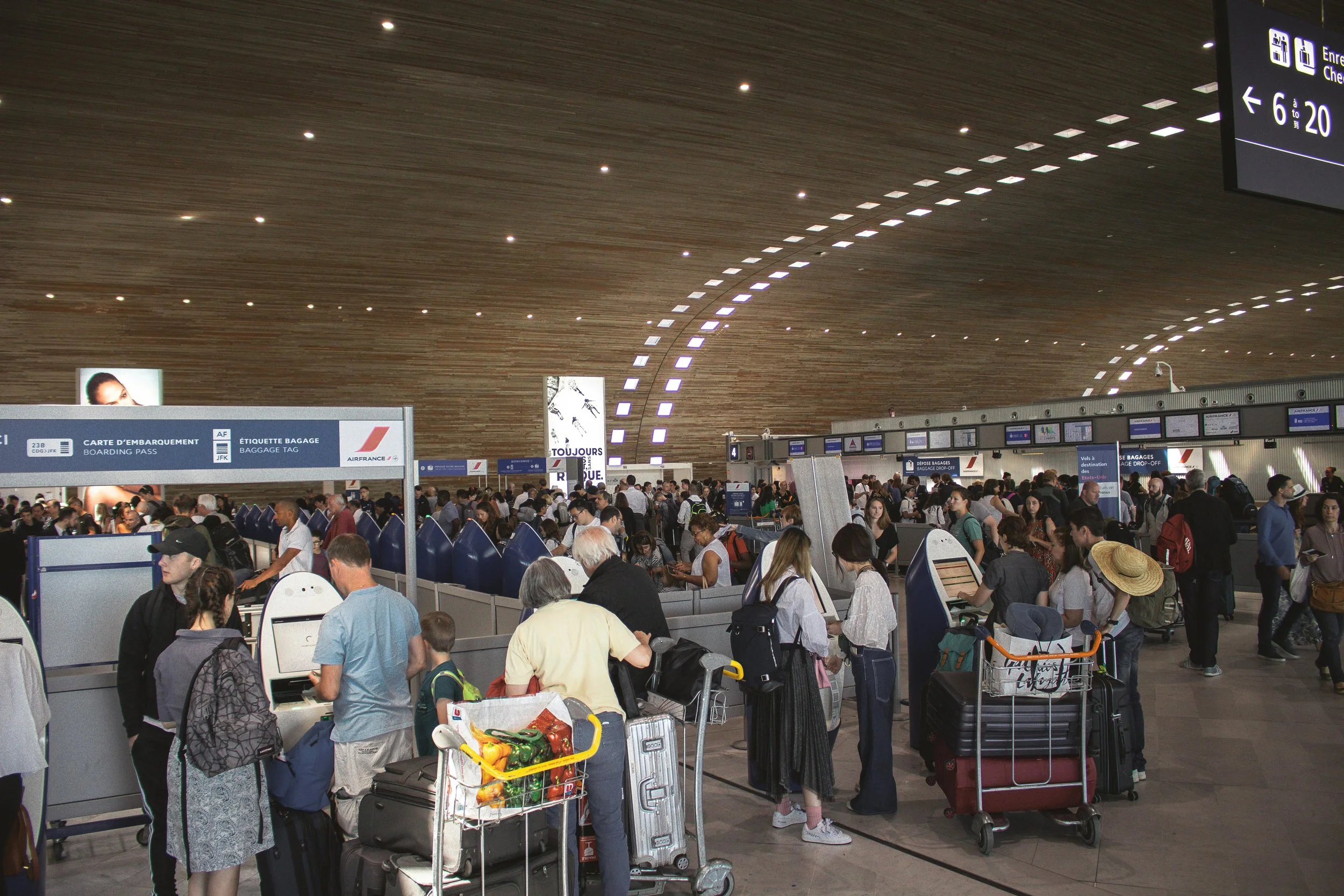How to Avoid Common Travel Mistakes in Europe (2025 Guide for First-Time Visitors)
July 14th, 2025
Some of the links in this post are affiliate links, which means we may earn a commission if you make a purchase through them. This comes at no additional cost to you. We only recommend products and services we trust, and all opinions are our own.
Planning your first trip to Europe in 2025 is incredibly exciting — historic cities, diverse cultures, world-famous cuisine, and efficient transport systems await. But if you’re new to European travel, it’s easy to make avoidable mistakes that can cost you time, money, and peace of mind. This guide will walk you through the most common travel mistakes in Europe for first-time visitors and how to avoid them, so your adventure goes as smoothly as possible.
Photo by Lisa from Pexels
1. Overpacking for a Multi-City Trip
Packing mistakes for Europe travel are at the top of the list for beginners. Many first-time travelers pack for every possible scenario — and end up hauling heavy luggage on cobblestone streets, stair-heavy train stations, and tiny hotel elevators.
Stick to light, mix-and-match outfits and check the weather forecast before packing. Most of Europe is very walkable, so comfortable shoes are a must. Also, consider bringing a universal travel adapter for EU outlets (we cover the best options here).
Related tip: Read our “How to Pack Light for Europe in 2025” post for a complete minimalist packing guide.
2. Planning Too Many Cities in Too Little Time
One of the most common Europe itinerary planning mistakes is cramming too much into one trip. The idea of seeing 7 countries in 10 days sounds exciting — until you spend more time in airports and train stations than enjoying the destinations.
Pick 2–3 regions or cities and explore them in depth. For example, combine Barcelona, Madrid, and Seville, or do a Central European loop like Vienna, Prague, and Budapest. You’ll enjoy a slower pace and avoid travel burnout.
3. Ignoring Local Customs and Etiquette
First-time visitors sometimes unknowingly offend locals by skipping cultural basics like greetings, dining etiquette, or dress codes in churches. Always greet shopkeepers or restaurant staff with a simple “Bonjour,” “Ciao,” or “Hallo” before asking questions. Learn a few basic phrases in the local language — it goes a long way. And when visiting religious sites, dress modestly (shoulders and knees covered).
Photo by Krisztina Papp
4. Relying Only on Cards — or Only on Cash
A major Europe travel rookie mistake is misjudging how money works across countries. While many cities accept credit cards, some smaller towns or older establishments still prefer cash. Always carry a small amount of local currency. Don’t exchange cash at airports — the rates are poor. Instead, withdraw from an ATM using a travel-friendly debit card with no foreign transaction fees. Inform your bank before traveling.
5. Not Validating Train Tickets or Misunderstanding Transit
Many first-timers assume buying a train ticket is enough, but in several countries (like Italy or Austria), you need to validate your ticket before boarding regional trains. Failure to do so can result in hefty fines. Check local transit rules, especially if taking regional or suburban trains. In major cities like Paris or Berlin, consider multi-day public transport passes to save money.
6. Skipping Travel Insurance
Some travelers view insurance as unnecessary — until they need it. Lost luggage, canceled flights, or a minor medical issue can quickly turn into an expensive ordeal. Purchase travel insurance that covers health, cancellations, and baggage. It’s usually inexpensive and gives you peace of mind, especially when traveling across borders.
Photo by Mihaela Claudia Puscas
7. Falling for Tourist Traps
From overpriced restaurants near landmarks to sketchy currency exchange booths, tourist traps in Europe are everywhere.
Step a few blocks away from popular attractions for better food at local prices. Use maps and restaurant review apps to find authentic spots. And be cautious of “helpers” at ATMs or fake petition scams.
8. Not Booking Must-See Attractions in Advance
Many famous European attractions now require advance online reservations. First-timers often assume they can walk up and buy a ticket, only to find it's sold out. Book ahead for places like the Eiffel Tower, Vatican Museums, Sagrada Família, and the Anne Frank House. For more flexibility, look into skip-the-line tickets or timed entry options. Make sure you don’t miss out on Europe’s most popular attractions — book your tickets and skip-the-line passes in advance here.
9. Underestimating Walking Time and Terrain
European cities may look compact on a map, but you’ll be walking a lot. And many old towns have hills, stairs, or cobblestones.
Wear proper walking shoes, plan breaks, and keep hydrated. Google Maps estimates can be misleading, so allow extra time between sights.
10. Not Knowing Visa or Entry Requirements
Even in 2025, visa mistakes for Europe travel are still common — especially with rule changes like the upcoming ETIAS system for U.S. and other non-EU travelers. Double-check entry requirements for every country on your itinerary. You can read our Slovenia visa guide for an example of how rules vary. Make sure your passport is valid for at least 6 months beyond your return date.
Photo by Connor Danylenko
Conclusion: Travel Smart, Not Just Often
Traveling through Europe for the first time is unforgettable — but avoiding small, common mistakes will make your trip smoother, cheaper, and more enjoyable. Plan with care, learn from others, and stay flexible. With these Europe travel tips for first-timers, your 2025 journey will be more than just exciting — it’ll be stress-free, too.




